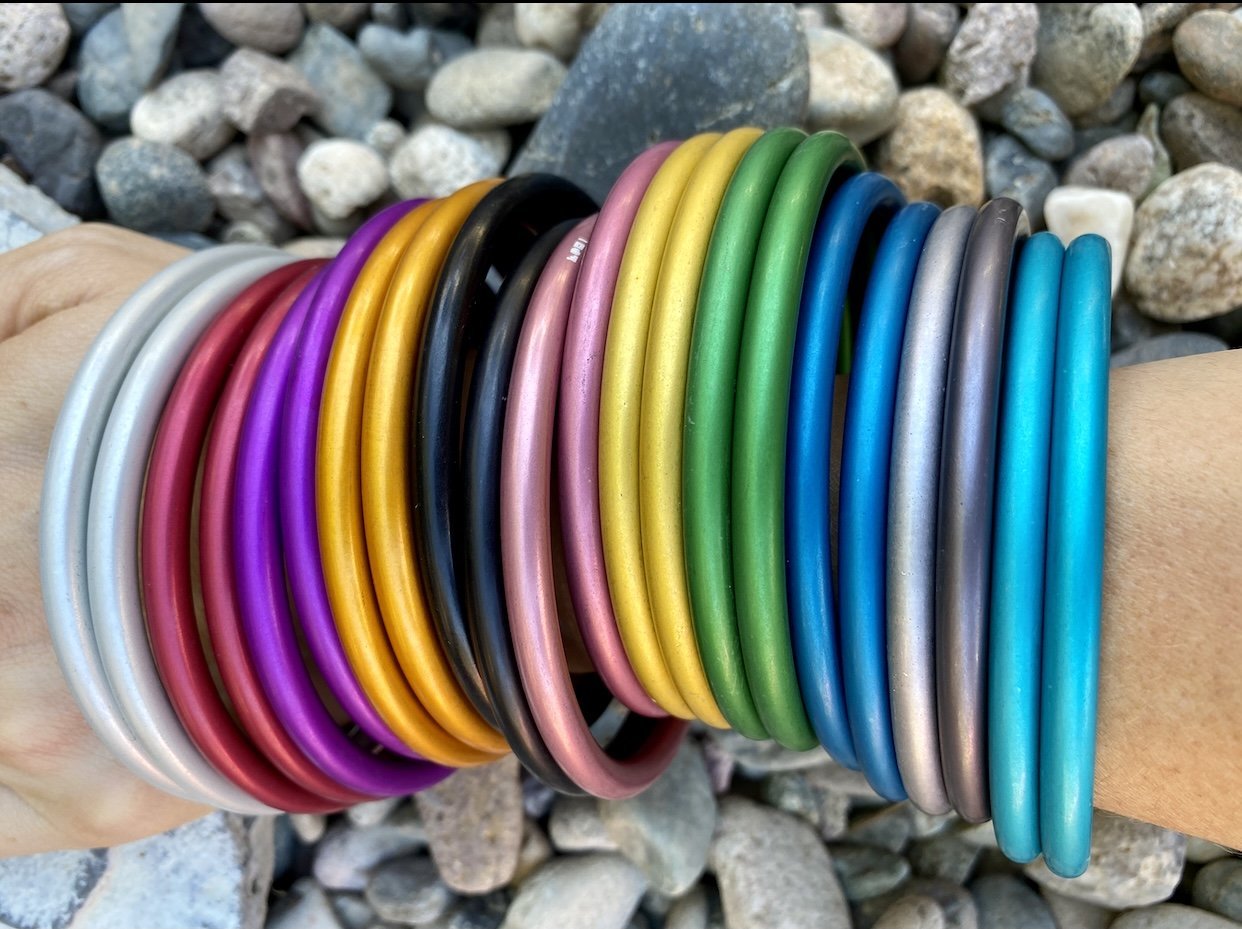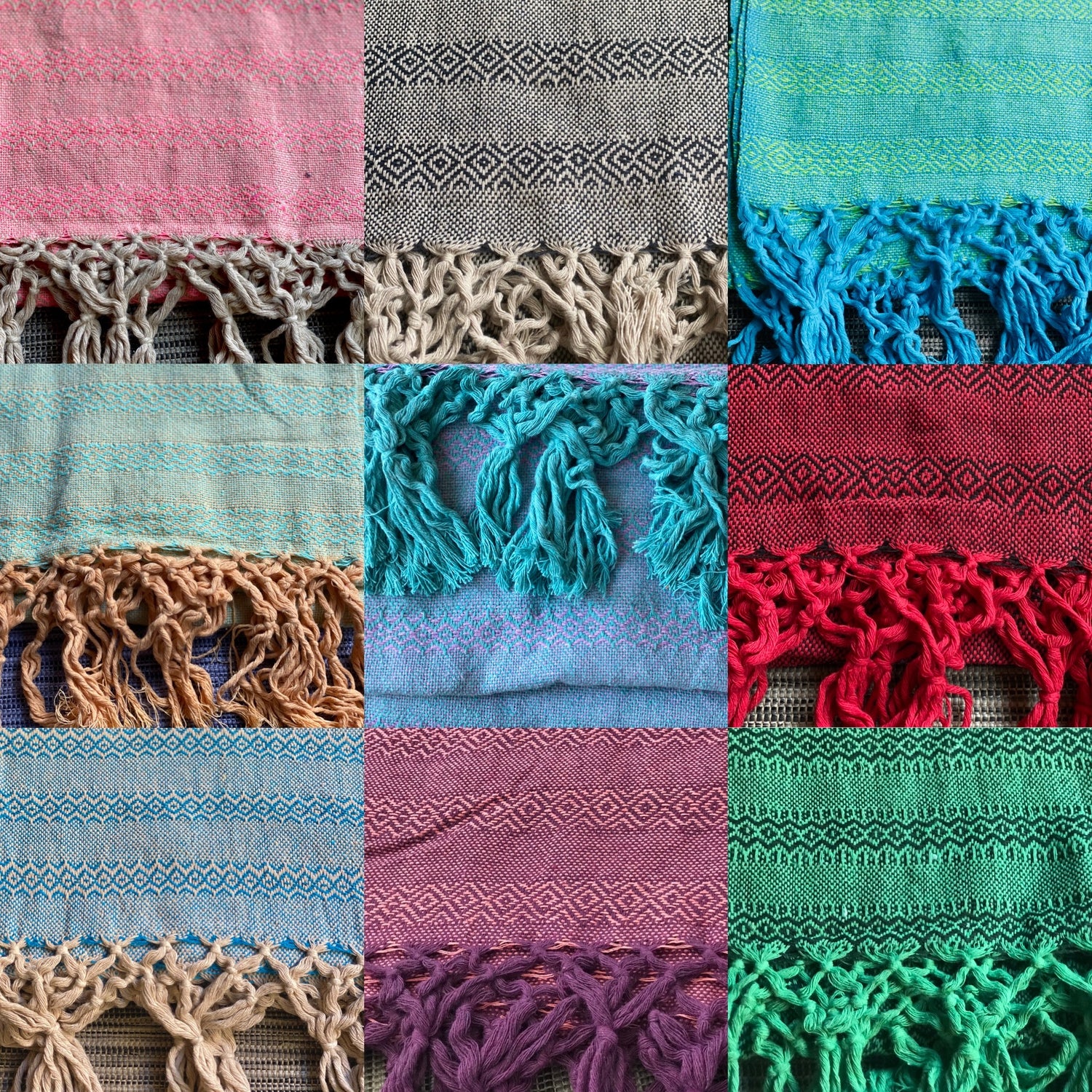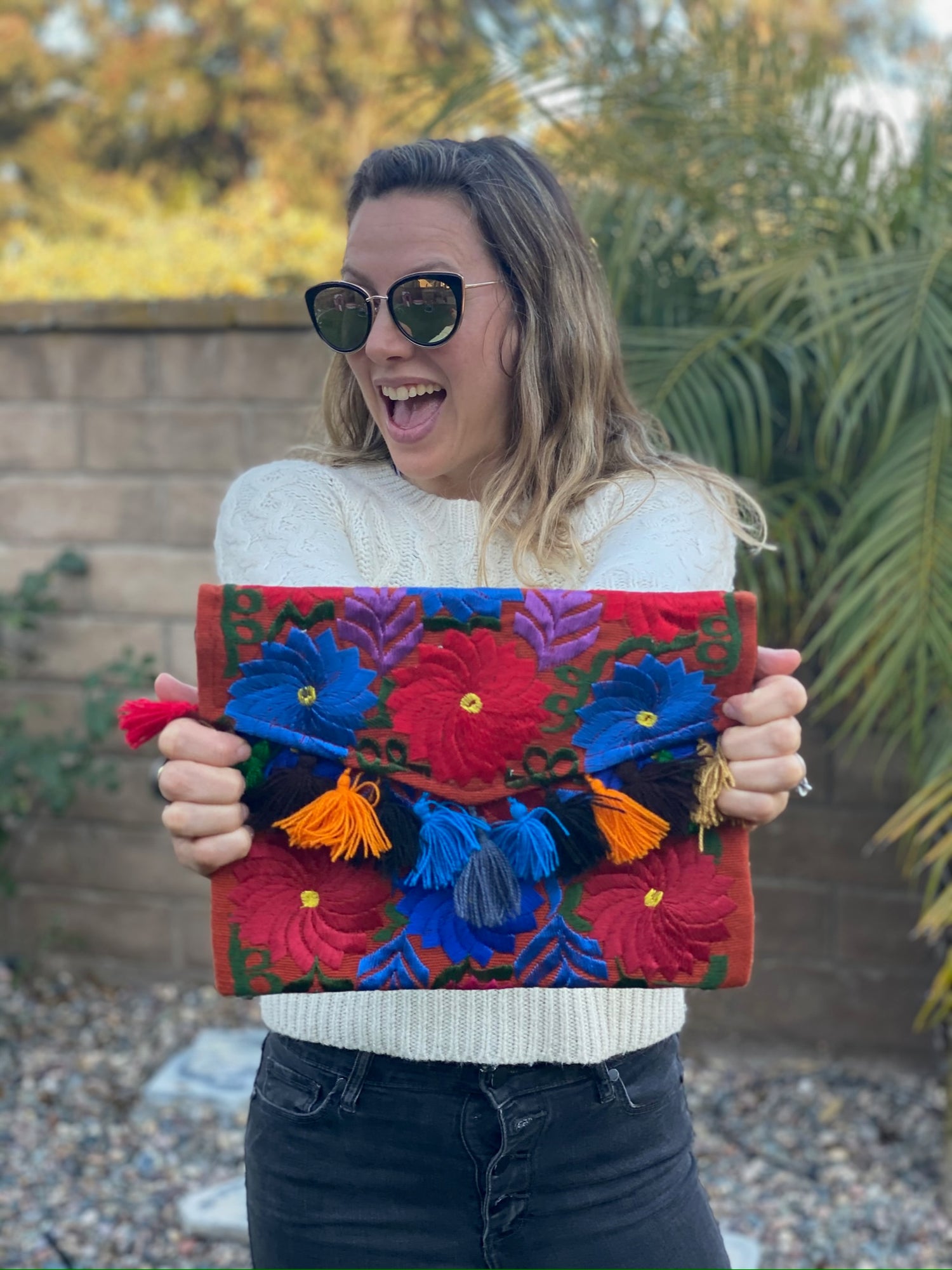Exploring the world of rebozos can be a rewarding journey that connects you to rich cultural traditions and artistic craftsmanship.
As a beginner collector, you have the opportunity to discover the beauty and versatility of these traditional garments while also learning about the history and significance behind them.
From practical uses during labor to stylish accessories, rebozos offer a unique blend of function and art.

Building your rebozo collection is not just about gathering items; it’s about appreciating craftsmanship and the stories each piece holds.
Whether you want to use them for support during pregnancy or simply to add a touch of cultural flair to your wardrobe, knowing what to look for is essential.
Engaging with this hobby not only enriches your understanding of different cultures but also opens up avenues for enjoyable conversations and connections with others who share your interest.
You can start your rebozo collection by exploring various styles, lengths, and materials.
With so many options available, each choice reflects your personal taste and the culture from which it originates.
As you learn more, you'll find that collecting rebozos is as much about the experience as it is about the items themselves.
Key Takeaways
- Discover the cultural significance and artistry of rebozos.
- Learn how to choose and build your own collection effectively.
- Enjoy the process of connecting with a vibrant hobby and community.
Understanding Rebozos

Rebozos hold a deep cultural significance in Mexico, with a rich history and artistry behind each piece. Knowing their background, craftsmanship, and how to identify quality can enhance your appreciation and collection.
Historical Context
Rebozos date back to pre-Hispanic times, originally used by Indigenous women for protection from the elements.
Over centuries, they have evolved in style and function, reflecting cultural changes and regional identities. Historically, these textiles served various purposes, from everyday use to ceremonial roles, such as during funerals.
Key historical events shaped their production, particularly during colonization and the blending of Indigenous and Spanish influences. Today, rebozos are a symbol of Mexican identity and heritage. Collecting them connects you to this rich tapestry of history and tradition.
The Artistry of Rebozos
Creating a rebozo is a true art form. Skilled artisans use various techniques to weave these textiles, employing materials like cotton, silk, and wool. Each material brings a unique texture and drape.
Patterns often carry specific meanings. For instance, colors like red and yellow can symbolize different emotions or messages. Artisans dedicate countless hours to ensure that each piece is not just functional but also a work of art. The beauty lies not only in the fabric but also in the stories they tell through their designs.
Identification and Grading Standards
When collecting rebozos, it's vital to know how to identify their quality. Key factors include condition, rarity, and artistry.
- Condition: Check for any wear, stains, or tears.
- Rarity: Limited edition pieces or those from specific regions can be more valuable.
- Artistic Value: Look for detailed workmanship and unique patterns.
Grading standards can vary, but generally, pieces are categorized as excellent, good, or fair. Familiarizing yourself with these aspects will help you make informed decisions as you build your collection.
Building a Rebozo Collection

Collecting rebozos can be a rewarding venture that combines cultural appreciation with potential investment opportunities. This section guides you through essential steps like starting your collection and finding authentic pieces while managing their value with care.
Starting Your Collection
Begin your collection by setting a clear focus. Decide if you want to collect by region, style, or weaving technique. Each rebozo has its unique story and cultural significance, making understanding these elements essential.
Set a budget that aligns with both your interests and financial capabilities. Start with a few accessible pieces that resonate with you. As you gain experience, you can expand your collection and invest in higher-value items.
Sourcing and Authenticating
Finding authentic rebozos requires thorough research and knowledge of the market. Look for reputable dealers and auction houses known for their expertise in textile art.
Attend exhibitions or community events to connect with other collectors and gain insights.
When considering a purchase, always inquire about the provenance of the piece. Provenance confirms the history and authenticity, which can significantly impact the item’s value.
Check for details about the weaving process, region, and any unique features.
Managing and Protecting Your Investments
After building your collection, managing and protecting your investments is crucial.
Keep your rebozos in a climate-controlled environment to prevent damage. Use acid-free storage materials to protect the fabrics.
Regularly evaluate market prices and trends related to your collection. This will help you make informed decisions about buying, selling, or preserving your items.
Consider insuring your collection to safeguard against unexpected damages or losses, ensuring peace of mind as you nurture your passion for rebozos.
Frequently Asked Questions

This section addresses common questions related to rebozos, touching on their historical importance, benefits during pregnancy, practical uses in maternal health, tips for identifying authenticity, collection guidelines, and considerations for size and material.
What is the historical significance of the rebozo in traditional cultures?
The rebozo has deep cultural roots in Mexico and other Latin American countries. Traditionally, it has been used by women for warmth, style, and practical purposes. It symbolizes identity, heritage, and continuity in family traditions.
How can understanding rebozo techniques benefit one's pregnancy and labor experience?
Rebozo techniques can provide comfort and support during pregnancy and childbirth. By using a rebozo for gentle lifting or hugging, it can help relieve pressure and reduce discomfort. Midwives and doulas often incorporate these techniques to promote relaxation and ease during labor.
What are the various uses and applications of a rebozo in maternal health care?
In maternal health care, a rebozo can be used for physical support during labor and delivery. It can also aid in infant carrying and swaddling. Additionally, it helps new mothers in postpartum recovery by providing comfort and ease when moving.
How does one identify an authentic rebozo, and what are the key features to look for?
When identifying an authentic rebozo, check for handmade features and quality materials like cotton, silk, or wool. Look for traditional patterns or weaves, as well as fringe details.
Authentic rebozos are often crafted with care and reflect the region's cultural influences.
What guidelines should collectors follow when starting a rebozo collection?
Start your collection by researching different styles and regions. Attend markets or fairs to find authentic pieces. Consider documenting each piece's background, including where and how it was made. Connecting with other collectors can also provide valuable insights.
What considerations should be taken into account regarding the size and material of a rebozo for personal use?
Choose the size of your rebozo based on your intended use. Larger sizes work well for wrapping or wearing, while smaller ones are suitable for carrying infants.
Additionally, consider the material; cotton is breathable for everyday use, while silk offers elegance for special occasions.




